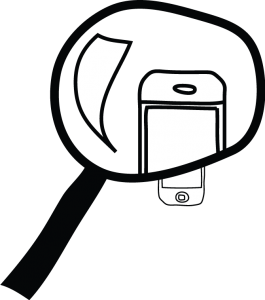 (We have created an 8-part comprehensive report containing a series of two-to-three page “briefs.” This is part 7: Designing for the small screen. If you would like to see the collection in its entirety, click here.)
(We have created an 8-part comprehensive report containing a series of two-to-three page “briefs.” This is part 7: Designing for the small screen. If you would like to see the collection in its entirety, click here.)
Here are general rules touted at mLearn 2011; these rules will adapt to the devices over time:
1. Keep the navigation simple.
There is zero room for any type of fluff in the UI design.
2. Avoid excessive scrolling.
Keep any one screen’s contents to no more than three scroll lengths. (None of the Blackberry apps we saw adhered to this rule – the screen is just too small.)
3. “Chunk” content into small, stand-alone pieces.
Content should be “consumable” in five-minute “chunks” though an entire course could be 30 to 40 minutes as long as each chunk can also stand-alone.
Accept that learners may not view the course in linear fashion.
4. Include visual cues to let learner know how “deep” a section goes.
5. Use videos to replace Flash animations.
6. Don’t give people more than they need.
“Need to know” versus “nice to know’ is a very different standard when delivery is done over a smartphone rather than a desktop, laptop, or tablet.
7. Think differently about what a learning activity should be.
It may be watching a video and responding to a question, it could be viewing an example, or it could be answering a series of multiple-choice questions. If you want to design for a smartphone you have to realize your screen real estate will eliminate some possibilities.
8. Decide what is important to track.
Tracking seems to be usage-based rather than completion based unless people attach an assessment to the end. Google Analytics was a favored tool for tracking usage.
 Our Bottom-Line advice?
Our Bottom-Line advice?
Recognize that mLearning is not the same as eLearning on a desktop. Think through the constraints and differences associated with a small screen – and with usage patterns that are fragmented and done in small increments. Don’t try to simply do what you do for eLearning, and distribute on mobile devices. Instead, design to the type of mobile device you are using for distribution and consumption.


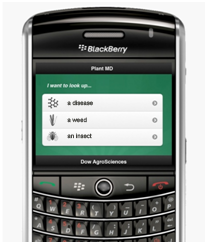
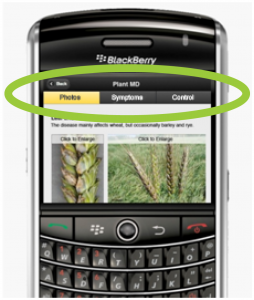
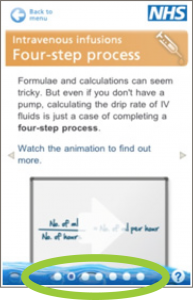
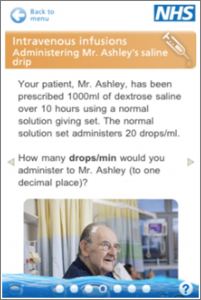


Beneficial facts. Fortunate me I discovered your website by probability, and I am stunned why this twist of fate didn’t occurred beforehand! I bookmarked it.
oh sorry lol i need to learn to read!